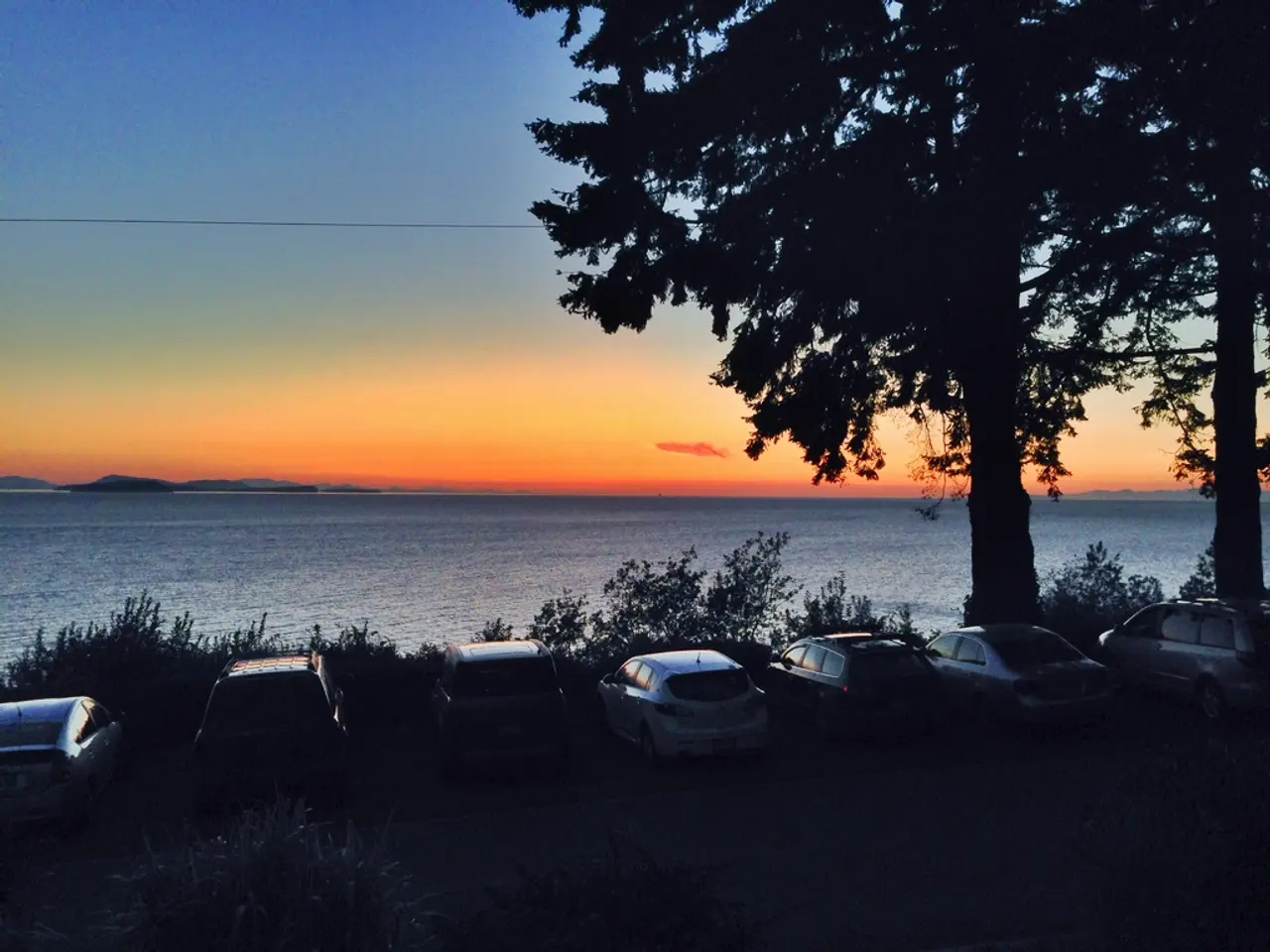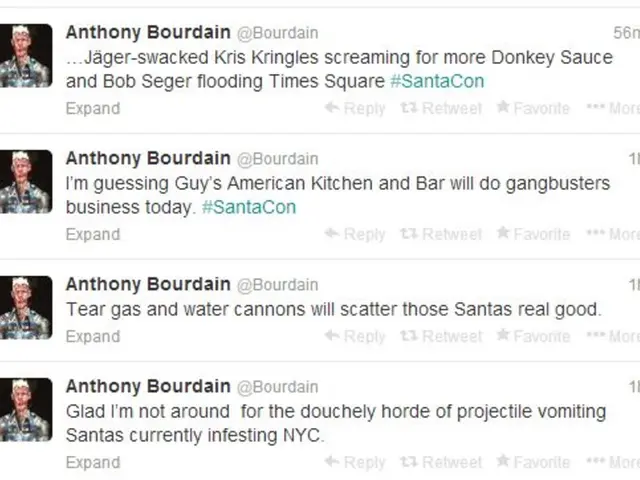Optimal Visiting Timeline for Biscayne National Park: Insights from a Native Resident
Visiting Biscayne National Park: A Guide to the Best Seasons
Biscayne National Park, a unique natural treasure in Florida, offers an unforgettable journey for visitors seeking adventure, tranquility, or a touch of tropical paradise. The park's varied seasons present different experiences, and understanding these can help you plan your visit accordingly.
The best time to visit Biscayne National Park for perfect weather, manageable crowds, and a wide range of activities is from December through May. During this period, the weather is pleasant with mild temperatures and lower humidity, making it ideal for enjoying most park activities. Winter months (December to February) offer perfect weather but can be more crowded, while spring (March to May) balances great weather with fewer visitors.
In contrast, the summer months (June to August) are hot, humid, and have more insects. However, if you prefer solitude and don’t mind the heat, summer can provide a quieter experience. The fall (September to November) brings the highest risk due to hurricane season and tropical storms, so it is more unpredictable despite lower crowds.
Here's a breakdown of the seasons:
December–May: - Weather: Pleasant, dry season - Crowds: Moderate to busy - Activities: Full range, best for snorkeling - Notes: Best overall time to visit
June–August: - Weather: Hot, humid, wet season - Crowds: Least crowded - Activities: Limited by heat and bugs - Notes: Quiet but challenging weather
September–Nov: - Weather: Wet, hurricane season - Crowds: Least crowded - Activities: Risky due to storms - Notes: Not recommended due to storms
During winter, Biscayne National Park sees its highest number of visitors, with sun-drenched days and clear blue skies. Most tours, including snorkeling and island visits, operate during the peak winter season (January to April), enhancing activity options at that time.
On the other hand, summer in Biscayne National Park offers a raw, intensely tropical experience with hot, humid days and frequent thunderstorms. For those who crave solitude and can handle the heat (and bugs), summer (June-August) could be your quiet escape in Biscayne National Park.
It's crucial to monitor weather forecasts closely if you choose to travel during the hurricane season in Biscayne National Park. Park services, boat tours, and even the visitor center may close with little notice if a storm threatens the area.
In autumn, the risk of a hurricane or tropical storm disrupting your plans in Biscayne National Park is real. If you're flexible and a bit of a risk-taker, Fall (September-November) can offer beautiful, crowd-free days in Biscayne National Park, but keep a close eye on the tropics. Autumn in Biscayne National Park is a transitional season with milder weather compared to summer.
In spring, the water begins to warm up, making it more inviting for water activities like snorkeling and kayaking. The water temperatures in summer are bath-like, perfect for swimming and snorkeling, and underwater visibility can be excellent on calm days.
Biscayne National Park is primarily water, with emerald keys and vibrant coral reefs. Whether you're seeking adventure, tranquility, or a touch of tropical paradise, Biscayne National Park offers an unforgettable journey with a little planning. So, choose your season wisely and prepare for an experience you'll never forget!
- Biscayne National Park, a unique natural treasure, offers an unforgettable journey for those seeking adventure, tranquility, or a touch of tropical paradise.
- The park's varied seasons present different experiences, and understanding these can help you plan your visit accordingly, such as December through May.
- During this period, the weather is pleasant with mild temperatures and lower humidity, making it ideal for enjoying most park activities.
- Winter months (December to February) offer perfect weather but can be more crowded, while spring (March to May) balances great weather with fewer visitors.
- In contrast, summer months (June to August) are hot, humid, and have more insects, but offer a quieter experience for those who prefer solitude.
- The fall (September to November) brings the highest risk due to hurricane season and tropical storms, making it more unpredictable despite lower crowds.
- During winter, Biscayne National Park sees its highest number of visitors, with sun-drenched days and clear blue skies, making it ideal for outdoor activities like snorkeling and island visits.
- On the other hand, summer in Biscayne National Park offers a raw, intensely tropical experience with hot, humid days and frequent thunderstorms.
- It's crucial to monitor weather forecasts closely if you choose to travel during the hurricane season in Biscayne National Park.
- In autumn, autumn in Biscayne National Park is a transitional season with milder weather compared to summer, offering beautiful, crowd-free days if you're flexible and a bit of a risk-taker.
- In spring, the water begins to warm up, making it more inviting for water activities like snorkeling and kayaking.
- Biscayne National Park offers an unforgettable journey with a little planning, so choose your season wisely and prepare for an experience you'll never forget!




